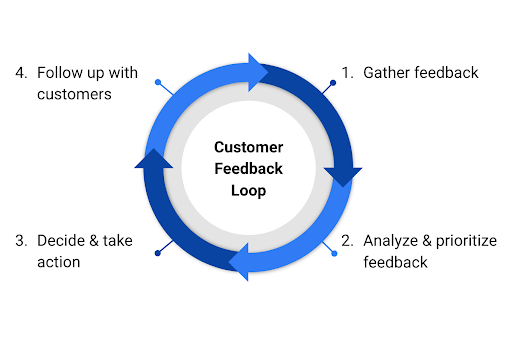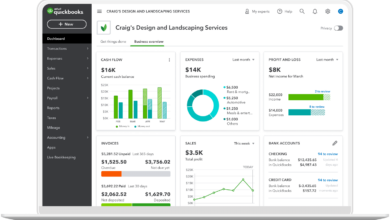7 Stages of Product Management Processes Every Startup Should Follow

For startup companies, the sheer importance of the product management process can be understood with the following benefits –
- It boosts the chances for a successful outcome of the project
- It helps you design a product based on how you ideate your target users
- Enables you to frame the product while keeping in mind future requirements
- Validates the solutions created through the development processes
- Enables development teams how to map all development stages in one place
- Helps you ideate the best strategy for building a product that people need
In summary, software product development helps a startup with a helicopter view of how a product should be, thus enabling it to avoid blind play while developing a futuristic solution.
Here is the breakdown of the seven stages of product management processes a startup should follow.
Stage #01 – Idea Generation
The idea generation technique for a new product should centralize around curating different sources, including customers, newspapers, journals, competitors, and suppliers.
Also, research new trends in growing industries or brainstorm ideas with people from different professional areas.
Stage #02 – Idea Validation
Now the cluster of ideas generated through curation requires validation by screening them carefully to filter out the ones totally viable for your product.
An ideal way of doing this is to solicit feedback from employees, customers, or other corporate houses.
Once done meticulously, the technique will help you avoid pursuing costly unfeasible ideas from the large pool of generated concepts.
Stage #03 – Market & User Research
Conduct both market research and user research to be able to validate the viability of your screened ideas for a new product.
The market research will help you evaluate the extent of your target market, analyze your competitors and their weaknesses, and of course enable you to figure out improvement areas in your product.
Similarly, user research will help you identify your target users’ needs and desires so that you can build an intelligent customer journey map for your ambitious project.
Stage #04 – Product Roadmap
You need a product roadmap for bifurcating product strategies into feasible steps of execution to accomplish results, such as –
- Goals and objectives of your business
- Areas & features of your product
- KPIs (key performance indicators) and order of priorities
Stage #05 – Product Development
At this stage, the ideated product is designed and manufactured, starting from building a prototype (or MVP) for the market testing purpose.
At the end of the day, it will lay down a premise for you to decide whether you intend for a large-scale production concerning your product.
Stage #06 – Testing & Feedback
Once the initial version of a product (or a prototype) with launchable features is released for target users, there comes testing based on the collected feedback from the users about the product.

Testing ensures identifying possible improvements or implementing necessary changes in the product.
Stage #07 – Constant Maintenance
At this stage, the goal is to keep maintaining the product for more efficiency and optimized performance of the product, at reduced costs.
Concluding Statements
A product management process defines an entire lifecycle of a product building stages grouped together to engineer the best solutions eventually.
A unique experience of something like this you witness by working with a software development company.
With a skilled IT team, robust tech stack, and deep expertise in software and application building, your development partner will help you walk through each stage of the product management process for a solution, keeping in alignment with your business needs.




